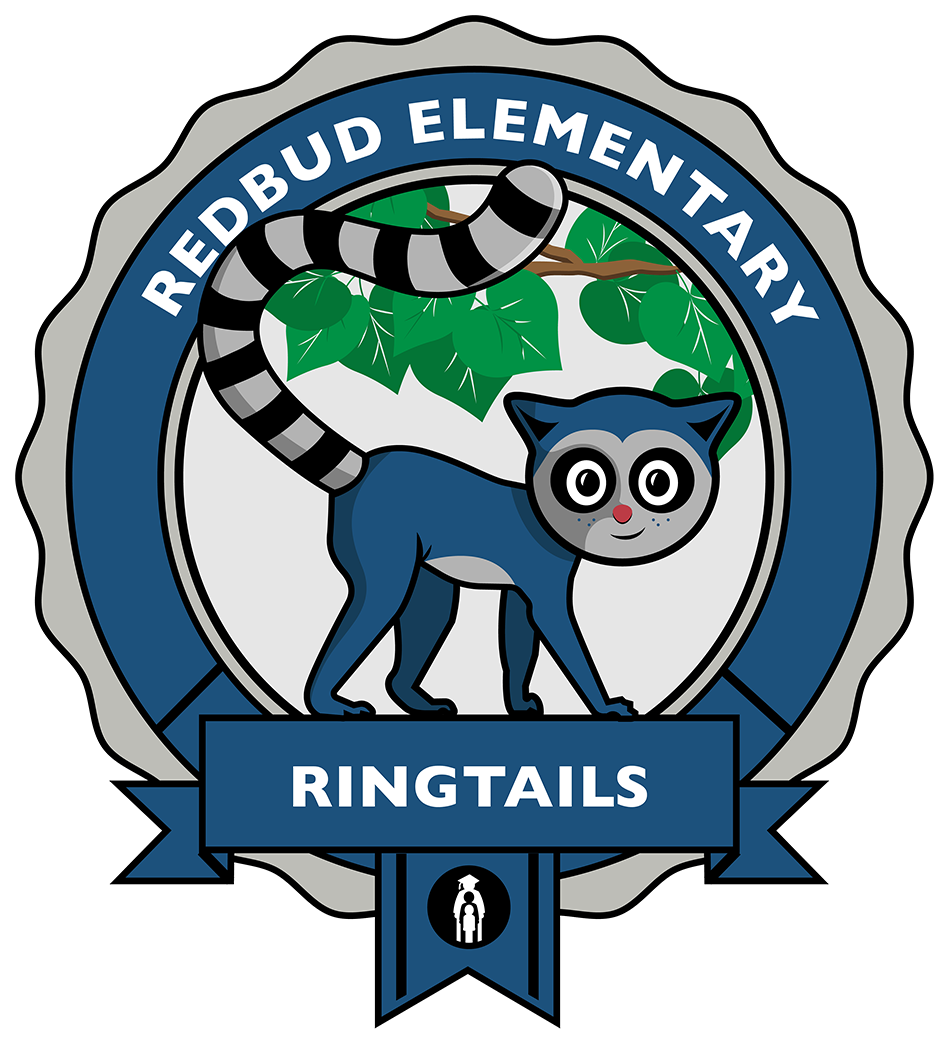Round Rock, TX–– The National Wildlife Federation (NWF), America’s largest wildlife conservation and education organization, is pleased that Redbud Elementary in Round Rock, Texas has successfully created a Certified Wildlife Habitat® through its Garden for Wildlife™ movement.
NWF celebrates this effort to create a garden that supports birds, butterflies, bees, frogs and other local wildlife. Every Certified Wildlife Habitat garden provides natural sources of food, water, cover and places to raise young and is maintained in a sustainable way that incorporates native plants, conserves water and doesn’t rely on pesticides.
Started in 1973, the Garden for Wildlife movement is the nation’s oldest and largest native plant/habitat program, recognizing over 300,000 Certified Wildlife Habitat® gardens across the North America and at 39 embassies worldwide, encompassing an estimated 4 million acres that support wildlife locally. Backyards, urban gardens, school grounds, businesses, places of worship, campuses, parks, farms, zoos, and community landscapes can all be recognized as wildlife habitats through the program. “We are excited about this new Certified Wildlife Habitat®, as it provides native plants and essential habitat elements. Research shows certified properties have the potential to support twice as much wildlife compared to non-certified properties.” Said, Mary Phillips, Head of Garden for Wildlife™/Certified Wildlife Habitat®.
“Anyone, anywhere can restore wildlife habitat right in their own yards and communities,” said NWF Naturalist David Mizejewski. “Whether you garden in a suburban yard, an urban area or a rural plot of land, you can make a difference for local wildlife. Creating a Certified Wildlife Habitat garden is fun, easy and makes a real difference for neighborhood wildlife. It’s the perfect grassroots way to think globally and act locally and help birds, butterflies, bees and other wildlife,” he added.
“We started gardening club at Redbud Elementary with a beautiful vision for a school. Redesigning our empty landscaping areas to make it more inviting to wildlife not only gives us great watch opportunities, but it also helps us to teach students how to start a habitat from the ground up for all wildlife that chooses to make our house home.” Carrie Boelter & Ashley Howell – Founding Garden Club members.
"Redbud has two wildlife habitats that we hope to keep inhibited over the years. The perfect home for frogs, rabbits, birds, and soon to be monarchs, we invite all other species of wildlife to join us. Our grounds are home to four flower beds that we use for gardening fruits and vegetables. We have planted Redbud trees in honor of our garden club and school that we hope to watch grow for years to come.
Our second habitat that we are getting in the works for the 25-26 school year is a Monarch Waystation and we are super excited!" Yadira Hernandez & Candace Scalley - Founding Garden Club members.
Monarch Waystations are places that provide resources necessary for monarchs to produce successive generations and sustain their migration. Each fall, hundreds of millions of monarch butterflies migrate from the United States and Canada to mountains in central Mexico where they wait out the winter until conditions favor a return flight in the spring. Without milkweeds throughout their spring and summer breeding areas in North America, monarchs would not be able to produce the successive generations that culminate in the migration each fall. Similarly, without nectar from flowers these fall migratory monarch butterflies would be unable to make their long journey to overwintering grounds in Mexico. The need for host plants for larvae and energy sources for adults applies to all monarch and butterfly populations around the world.

